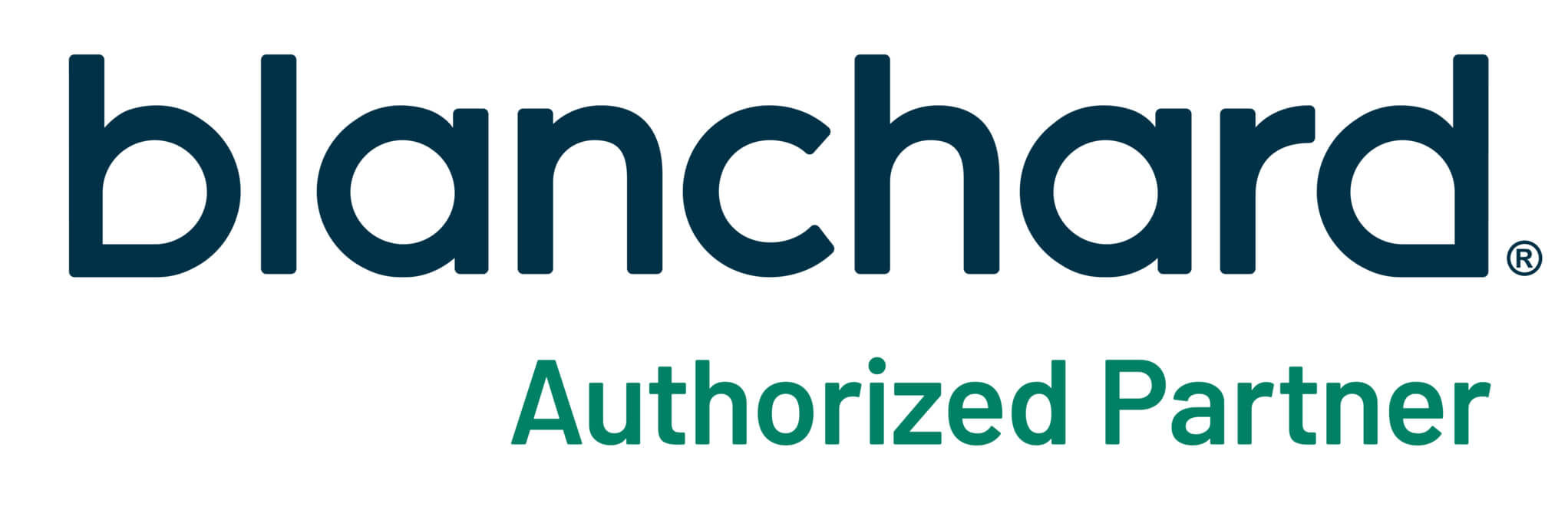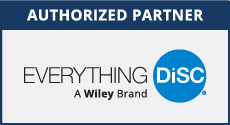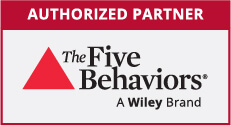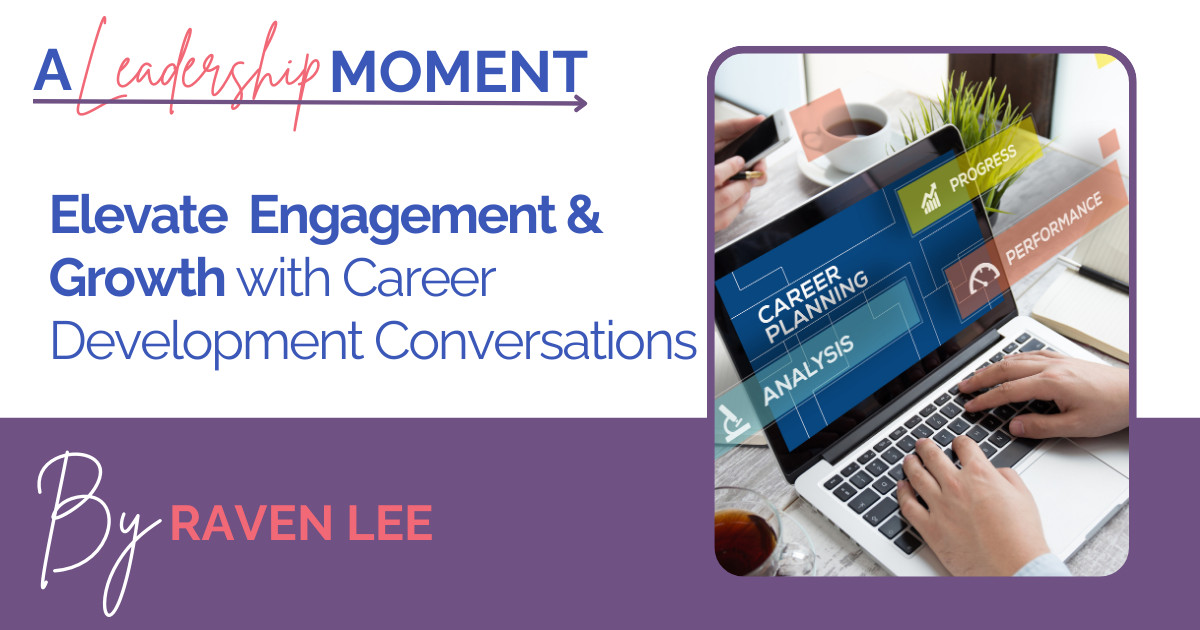
Employee engagement is crucial for retention and organizational success, and can be effectively nurtured through regular, structured career development conversations. A simple framework of four key conversations—Explore, Align, Develop, and Performance—can help leaders connect with their team members, understand their aspirations, and align them with the company’s mission. By integrating these discussions into regular meeting schedules, leaders can foster a culture of engagement and growth while putting these tasks on autopilot.

On National Stress Awareness Day, leaders are reminded to take stock of stress's impact on themselves and those around them. Recognizing stress as an inherent part of leadership is crucial, as it often accompanies challenges and growth. Instead of aiming to eliminate stress, leaders should focus on managing it to maintain focus and intention.
Prioritizing self-care is essential for effective leadership, where simple practices like regular breaks, enough sleep, and a balanced diet enhance mental clarity and energy. Setting clear boundaries is also vital in protecting one's energy, creating a work culture that values rest and rejuvenation, particularly in demanding roles or remote work settings. Communicating these boundaries with your team can foster an environment that normalizes self-care.
Leverage emotional intelligence to understand stress triggers and reactions. High EQ allows leaders to manage stress with empathy and composure, and techniques such as mindfulness enhance self-awareness. Additionally, by empowering team members and delegating tasks, leaders can reduce their own stress load while boosting team competence and confidence, ultimately creating a supportive work atmosphere.
Read more...
With the political season finally concluded, teams may find themselves navigating a wave of mixed emotions—ranging from relief to frustration. This period has been emotionally intense, impacting both personal and professional lives. As the dust settles, leaders have a unique opportunity to help their teams refocus on shared goals and cultivate a supportive work environment.
To manage lingering emotions without engaging in political discourse, leaders can acknowledge the stress and encourage well-being. Offering resources like mental health support or stress management tips can provide much-needed relief. By fostering connections around shared objectives and organizing team-building activities, teams can realign and redirect their energy toward collective accomplishments.
The post-political season is an ideal time for reflection and healing within the workplace. Acknowledging the emotional toll can pave the way for personal and professional growth, encouraging everyone to realign with the organization's mission. Leaders who prioritize a culture of support and shared purpose can effectively guide their teams beyond political tensions, focusing instead on mutual success and collaboration.
Read more...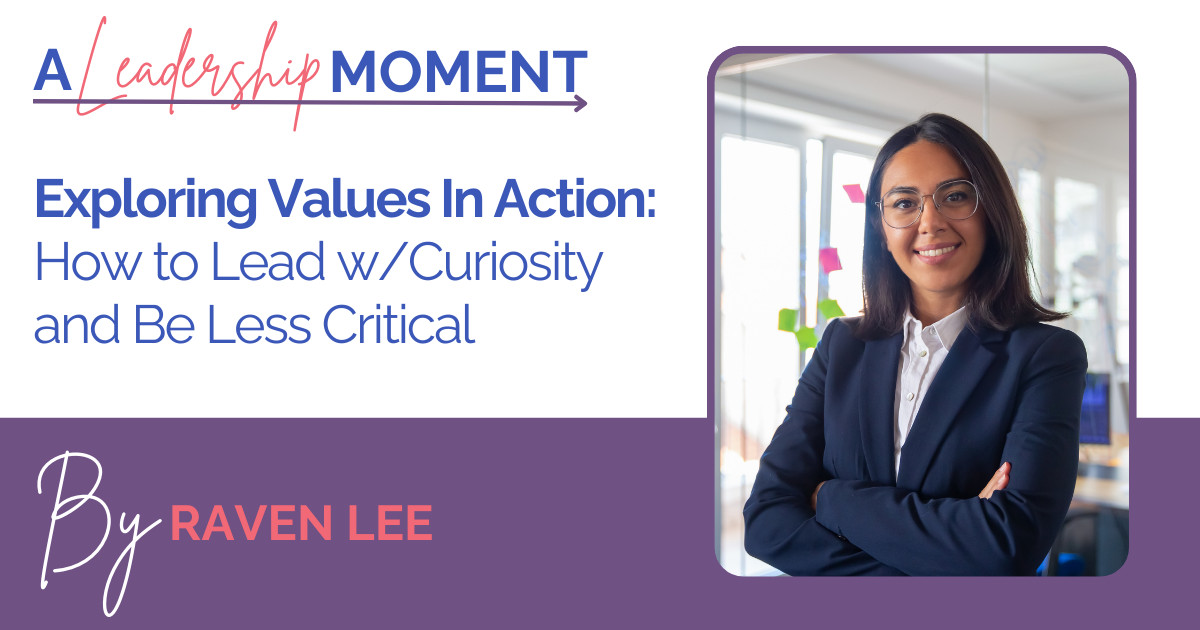
Leading with core values often comes with expectations; however, true leadership strength lies in recognizing that there isn't a singular way to approach the world. Embracing curiosity and valuing diverse experiences enriches innovation, growth, and trust within teams. This blog post outlines strategies for cultivating a more open-minded leadership style rooted in curiosity.
To foster such leadership, begin by pausing and reflecting before responding to situations, allowing for more thoughtful and less critical reactions. Notice critical thoughts and reframe them into inquisitive questions that promote productive dialogue rather than limiting conclusions. Additionally, assuming positive intent and understanding others' perspectives encourages empathy and learning from diverse viewpoints.

The concept of 'organizational health' has gained significant importance in today's business climate, representing the ability of a company to function effectively, adapt to change, and secure long-term success. It is more than just meeting business metrics; it involves the integration of strategic clarity with employee well-being, resulting in seamless operations and a motivated workforce. The health of an organization can be likened to an immune system, enabling it to overcome challenges and capitalize on opportunities with sustainable productivity, talent attraction, agility, innovation, and improved financial performance.
Raven Lee Consulting identifies four foundational pillars as essential to cultivating organizational health: Strategic Alignment, Intentional Leadership, Thriving Culture, and Talent + Performance. Strategic alignment ensures cohesive direction across all organizational levels, while intentional leadership fosters accountability, trust, and empowerment. A thriving culture supports open communication and personal growth, ensuring that employees feel valued and motivated, and a focus on talent and performance guarantees that employees are well-placed and continuously developed, driving sustainable growth.
Real-world examples like Southwest Airlines and Salesforce illustrate these principles in action, with leadership focusing on employee engagement and a culture that encourages innovation. Leadership effectiveness goes beyond decision-making to foster a shared vision, as demonstrated by Satya Nadella's transformative impact at Microsoft. By maintaining alignment, fostering thriving cultures, and empowering talent, organizations can create environments where employees excel, innovation prospers, and success is ongoing.
Read more...
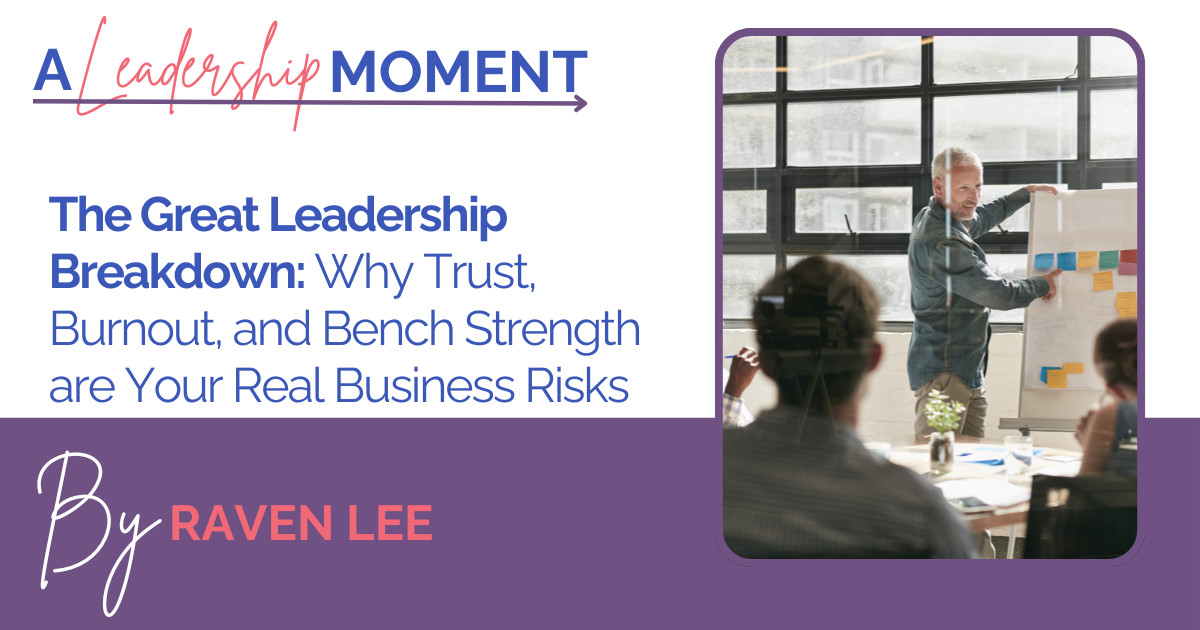
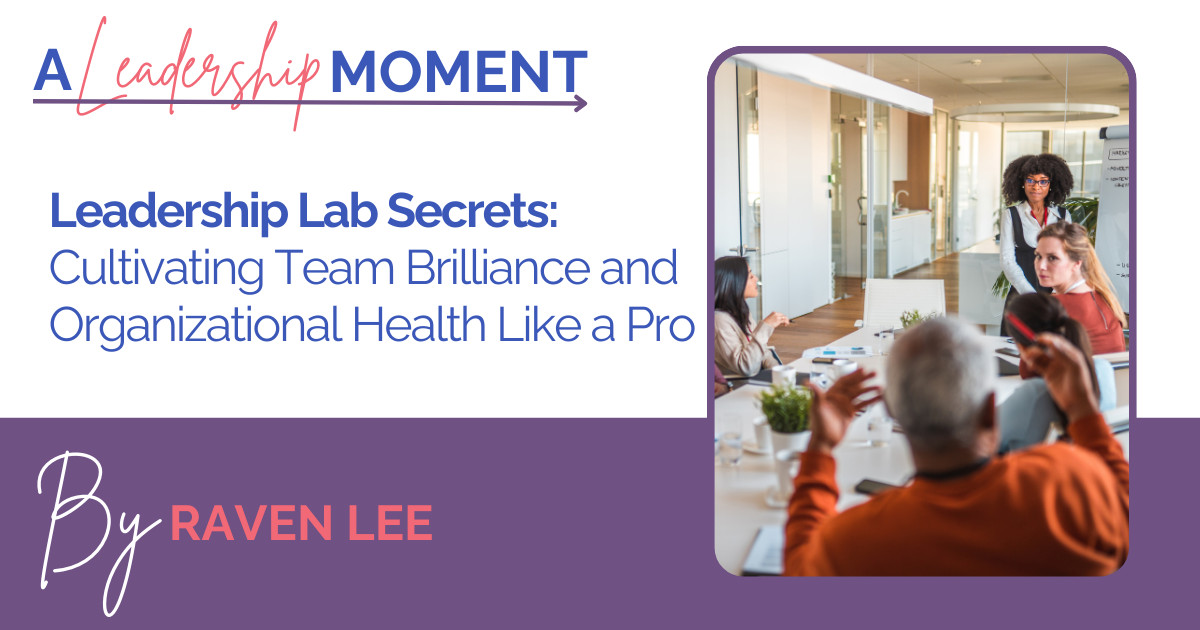




 I
I
